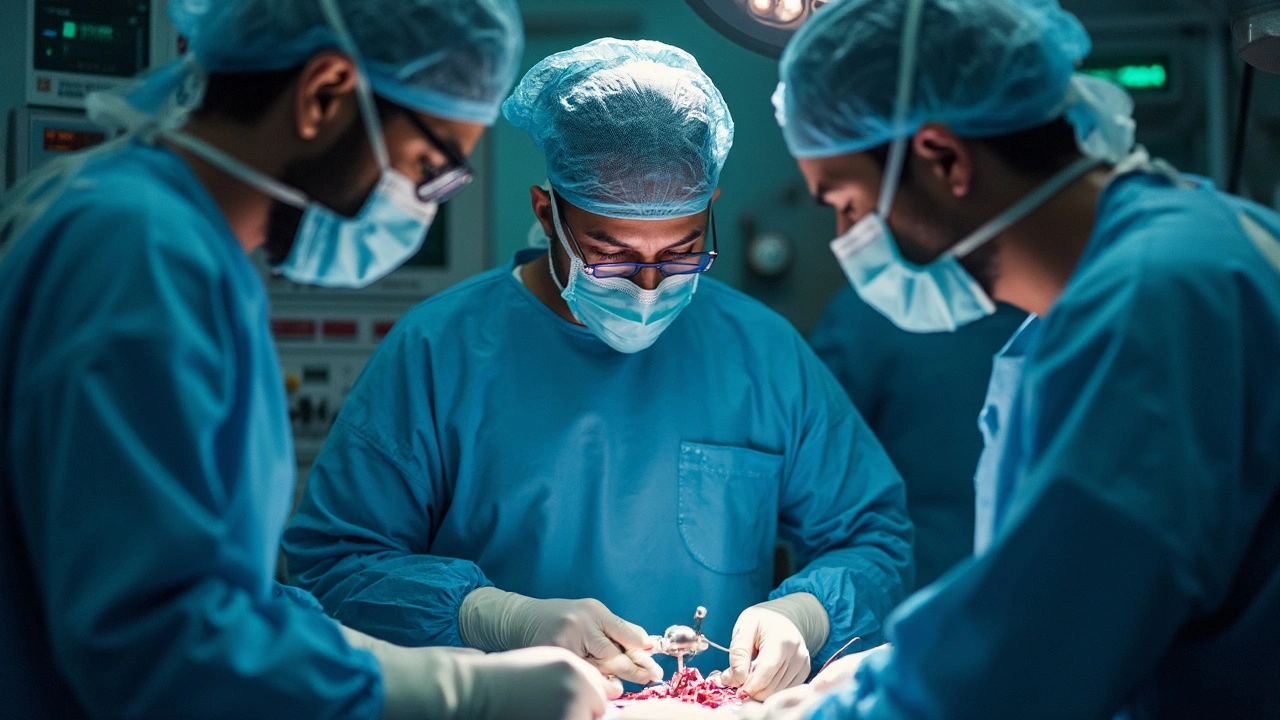Toughest Heart Operation Explained – What Makes It So Hard?
When doctors talk about the toughest heart operation, they usually mean a procedure that blends extreme technical skill with high patient risk. Think of surgeries like heart transplants, the Norwood operation for newborns, or complex valve‑replacement combined with coronary bypass. These aren’t routine jobs; they push the limits of what medicine can do.
Why Some Heart Surgeries Are Extra Hard
First, the heart is a moving organ. Surgeons have to work while it beats, or they must temporarily stop it using a heart‑lung machine. Both scenarios demand precise timing. Second, the anatomy can be unusual – congenital defects may hide arteries or chambers in places you don’t expect. Finally, the patient’s overall health matters. Older adults or people with diabetes have weaker tissues, making healing slower and complications more likely.
Key Risks You Should Know
Even the best teams face serious risks: bleeding, infection, stroke, and organ failure are all on the table. In a heart transplant, the body can reject the new organ, so lifelong immunosuppressants become a must. For the Norwood operation, the biggest worry is low blood flow to the lungs, which can cause permanent damage if not corrected quickly.
Because of these risks, hospitals run extensive pre‑op checks. Blood tests, imaging scans, and sometimes a “stress test” of the heart’s ability to handle the surgery are standard. The goal is to spot any red flags before the patient goes under.
During the operation, surgeons use tools like intra‑operative echo (real‑time ultrasound) to see exactly what’s happening inside the chest. This helps them adjust their plan on the fly. Anesthesiologists also monitor blood pressure, oxygen levels, and temperature around the clock – any slip could mean trouble.
After the surgery, recovery isn’t just about sitting up and walking. Patients often spend a week or more in the ICU, hooked up to machines that help the heart and lungs work together. Physical therapy starts early to keep muscles from wasting away, and dietitians design a meal plan that supports healing without overloading the heart.
If you or a loved one is facing this kind of operation, ask your doctor these practical questions: How many times has the surgeon performed this exact procedure? What’s the hospital’s success rate for similar cases? What signs should you watch for once you’re home? Getting clear answers can cut down anxiety and help you plan for the road ahead.
Finally, remember that advances happen fast. Newer techniques like minimally invasive trans‑catheter valve replacements are reducing the need for open‑heart surgery in many cases. Still, the toughest operations remain a team effort, blending surgery, intensive care, and long‑term follow‑up. Understanding the challenges is the first step to feeling more in control of the journey.





